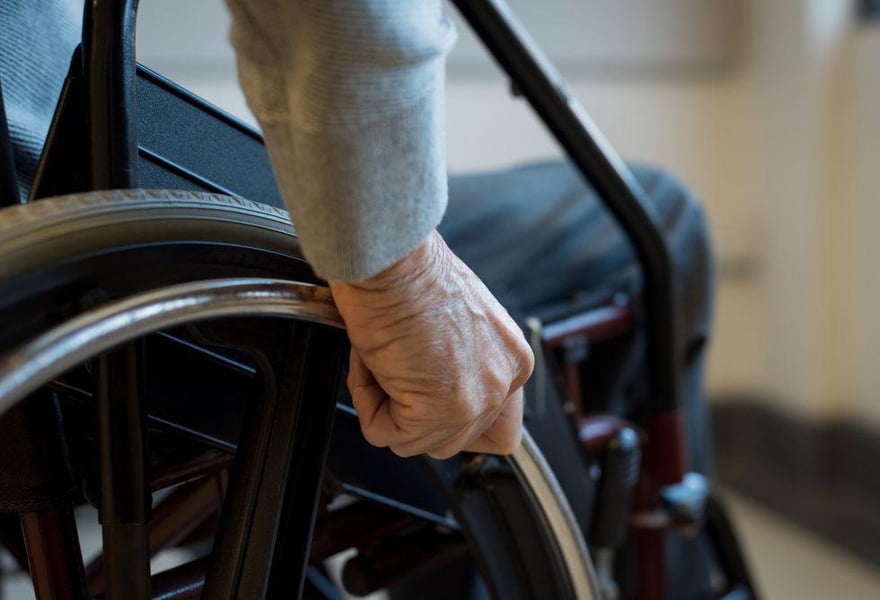Blood Pressure During Surgery May Be Crucial After Spinal Cord Injury

MONDAY, Nov. 22, 2021 (HealthDay News) -- Tight blood pressure control -- not too high and not too low -- during surgery for spinal cord injuries may improve patients' outcomes, a new study suggests.
"Damage to neurons in spinal cord injuries leads to dysregulation of blood pressure, which in turn limits the supply of blood and oxygen to stressed spinal cord tissue, exacerbating spinal neuron death," said co-lead author Abel Torres-Espin, an assistant professor of neurological surgery at the University of California, San Francisco.
"Thus, precise blood pressure management is a key target for spinal cord injury care," Torres-Espin said in a UCSF news release.
The study included 118 patients at two California hospitals that treat the most severe trauma cases. Researchers compared their grades of spinal injury at admission and discharge.
Grades ranged from A (no movement or sensation below the point of injury) to E (normal movement and sensation).
Of the 42 patients whose spinal injuries improved by at least one grade in the hospital, 18 had a grade A injury; 8, grade B; 11, grade C; and 5, grade D.
Patients with blood pressure that was too high or too low during surgery had poorer movement recovery after surgery, the study found.
The best recoveries were associated with maintaining an average arterial blood pressure between 76 and 104-117 mm Hg during surgery. That's a narrower range than in current guidelines based on smaller clinical studies, according to findings published Nov. 16 in the journal eLife.
"It is particularly interesting that this work identified the upper limit of the blood pressure range, which hadn't been considered harmful before in clinical practice," said study co-author Dr. Jonathan Pan, of UCSF's Department of Anesthesia and Perioperative Care.
"If the results can be validated in our prospective study, it has the potential to provide new guidance on our blood pressure management for patients with acute spinal cord injury," he added.
For patients with the most severe grade A injuries, optimal blood pressure during surgery may be a key factor in improving those injuries to grade C, according to the researchers.
"The difference from grade A to grade C can be significant and meaningful in terms of independence and functionality," said study co-author Debra Hemmerle, a nurse at the UCSF Brain and Spinal Injury Center.
"This means a patient who might otherwise rely on human assistance for their most basic needs may become capable of self-transferring from a wheelchair to a bed, walking with assistive devices, and tending to some activities of daily living unaided," she said in the release.
More information
The U.S. National Institute of Neurological Disorders and Stroke has more on spinal cord injuries.
SOURCE: University of California, San Francisco, news release, Nov. 16, 2021
Related Posts
Global Burden of RSV Profiled in Children Aged 0 to 60 Months in 2019
MONDAY, May 23, 2022 (HealthDay News) -- Respiratory syncytial virus (RSV)...
Osteoporosis Drug May Keep Type 2 Diabetes at Bay
TUESDAY, Sept. 28, 2021 (HealthDay News) -- A drug widely used to treat...
Walgreens Will Not Sell Abortion Pills in 20 Republican States
MONDAY, March 6, 2023 (HealthDay News) – After receiving a warning letter from...
¿Podrían jugadores de fútbol en activo recibir diagnóstico de Encefalopatía Traumática Crónica?
MARTES, 10 de octubre de 2023 (HealthDay News) - Los exjugadores profesionales...
